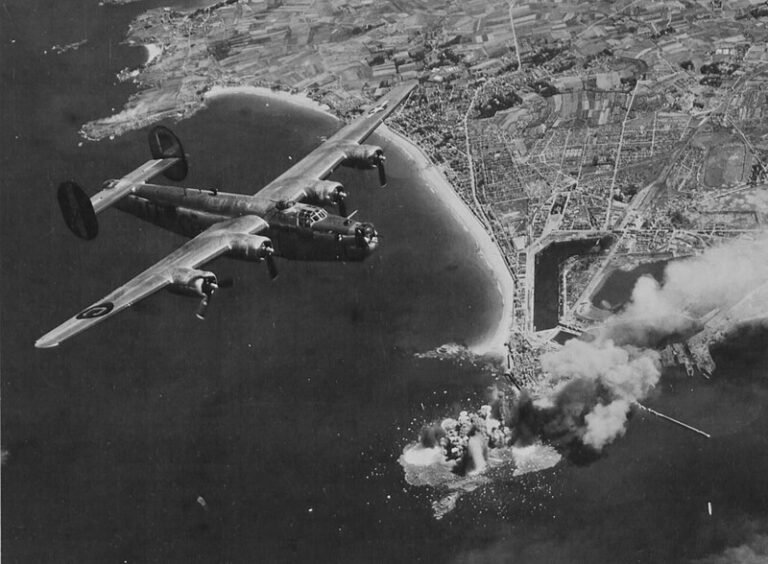An airstrike is a powerful military tactic that involves aircraft attacking ground or sea targets using bombs, missiles, or other airborne weapons. This method has become a key part of modern warfare due to its ability to strike deep into enemy territory without risking soldiers on the ground. Airstrikes can take many forms, from precision attacks targeting specific sites to large-scale bombings designed to cover wide areas.
One common type of airstrike is the precision airstrike. These use advanced technology such as laser-guided bombs and smart missiles to hit exact locations. This precision helps limit damage to civilians and buildings near the target. Precision airstrikes are often used to destroy important enemy infrastructure like command centers, supply depots, or military bases. They can also support ground troops by weakening enemy forces before or during battles. Because of their accuracy, precision airstrikes have become favored in recent conflicts where minimizing civilian harm is a priority.
On the other hand, carpet bombing is a less precise but more destructive type of airstrike. It involves dropping large numbers of bombs over a broad area to cause widespread damage. This tactic has been used historically to disrupt enemy troop movements and destroy entire regions but often results in significant civilian casualties and destruction of property. Due to these consequences, carpet bombing is now much less common and faces strong international criticism.
Missile strikes are another form of airstrike, where fighter jets or drones launch missiles at specific targets. These missiles can be guided to improve accuracy and reduce unintended damage. The use of drones, or unmanned aerial vehicles (UAVs), has revolutionized airstrikes by allowing military forces to carry out attacks remotely. Drone strikes are particularly useful for targeting terrorist groups or hostile forces in areas that are hard to reach by conventional forces. They also reduce the risk to pilots and soldiers, but they remain controversial due to concerns about civilian casualties and sovereignty violations.
Airstrikes serve several important purposes in military operations. They weaken the enemy’s military power by destroying weapons, troops, and infrastructure. They also disrupt supply chains and communication lines, making it harder for opponents to coordinate attacks or defend their territory. In some cases, airstrikes aim to deter enemy actions by showing the ability to respond quickly and forcefully. For example, governments may use airstrikes to send a message that certain behaviors or threats will not be tolerated.
Historically, airstrikes gained prominence during World War II, when strategic bombing campaigns targeted factories, transportation networks, and cities. Since then, airstrikes have been used extensively in wars such as Korea, Vietnam, the Gulf Wars, and more recent conflicts in the Middle East. Over time, advances in technology have improved the effectiveness and precision of airstrikes, making them a central tool in modern military strategies.
Despite their advantages, airstrikes carry significant risks and controversies. One major concern is the potential for civilian casualties and collateral damage. Airstrikes in densely populated areas can destroy homes, schools, and hospitals, leading to humanitarian crises. This is especially true when targeting militants who operate within civilian populations, complicating efforts to avoid harm to innocent people. Humanitarian groups often raise alarms about shortages of medical supplies and essential goods following heavy airstrikes, as these attacks disrupt daily life and damage critical infrastructure.
Another issue is that airstrikes can escalate conflicts or provoke retaliations. When one country launches an airstrike, the targeted side may respond with its own military actions, potentially leading to a cycle of violence. The risk of broader wars increases if neighboring countries get involved or if international powers take sides. Because of these dangers, many world leaders and diplomats call for restraint and seek peaceful resolutions before conflicts reach the stage of open airstrikes.
International law attempts to regulate the use of airstrikes, aiming to protect civilians and limit unnecessary destruction. Rules of engagement and protocols under humanitarian law require military forces to distinguish between combatants and non-combatants and to avoid excessive force. However, enforcing these rules in war zones remains challenging, especially in asymmetric warfare where opponents blend into civilian populations.
In recent years, drone technology has transformed airstrikes by allowing for continuous surveillance and targeted strikes with minimal risk to military personnel. While drones provide valuable intelligence and can take out high-value targets, their use has sparked debates over ethics, legality, and accountability. Critics argue that drone strikes sometimes cause unintended harm and may violate national sovereignty when used without the consent of the country where the strike occurs.
Airstrikes continue to be a critical component of military strategy worldwide. Their ability to deliver swift and powerful blows makes them attractive for governments facing various threats. At the same time, the potential human cost and geopolitical consequences mean that their use must be carefully considered and balanced with efforts toward diplomacy and peace.







